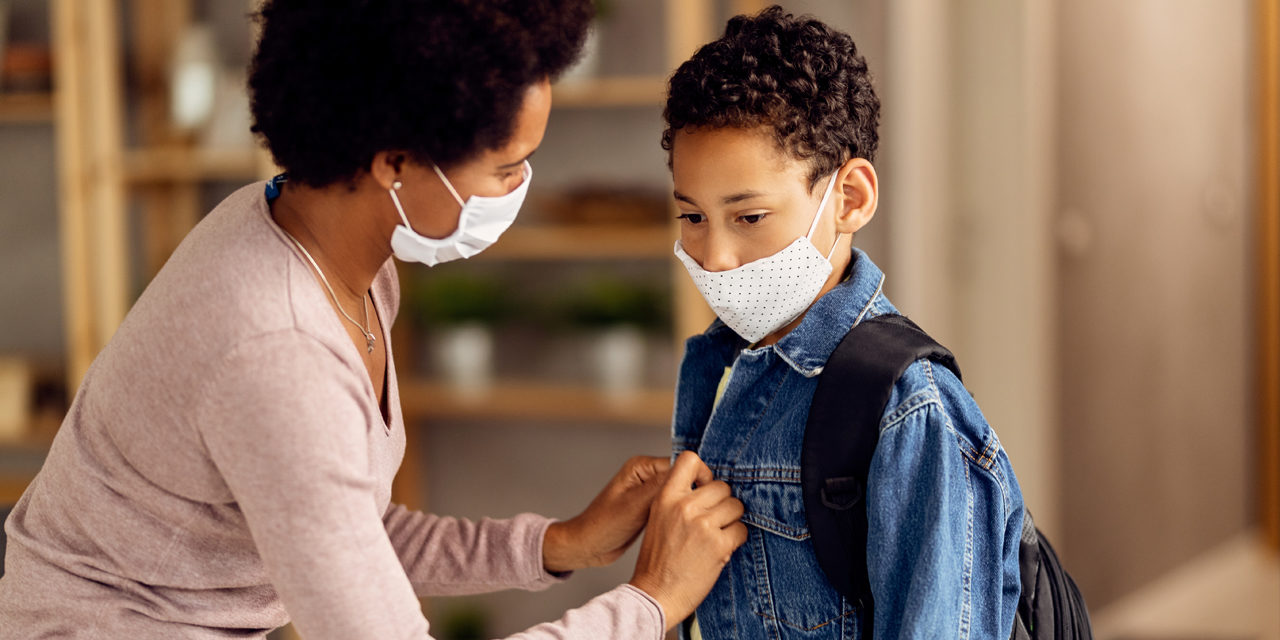It is news to exactly no one that the COVID pandemic has been very difficult on families over the past year, especially those raising young children. But a new report from Child Trends, a Washington DC-based think tank focused on child well-being research, reveals how the crisis has been particularly hard on Black and Latino families. They found that more than one in four Latino and Black households with children are experiencing three or more hardships during COVID-19, twice that of the rest of the U.S. population.
Specifically, 29 percent of Latino and 31 percent of Black households with children present are experiencing three or more co-occurring economic and health-related hardships because of the pandemic. This is nearly twice the rate among Asian and White households with children, at 13% and 16%, respectively. Economics itself was not a distinct factor as Hispanic and Black low-income families also experienced more hardships and at greater rates than Asian and White families with similar incomes.

This team examined seven specific types of hardships:
- unemployment
- difficulty meeting expenses and bills
- missing rent or mortgage payments
- food insecurity
- physical health problems
- symptoms of anxiety or depression
- lack of health insurance
This research team used nationally representative data from the Census Bureau’s Household Pulse Survey, which tracks the well-being of U.S. households during the pandemic. Unfortunately, this disparity is exasperated by the fact that Latino and Black families are less likely, on average, to have economic buffers during periods of hardship. The report details important policy barricades limiting the ability of Black and Latino families to successfully navigate crises like the current pandemic. Among these are discrimination in and limited access to housing, healthcare, schooling, and healthy, affordable foodstuffs.
Child Trends explains that the stacking up of these multiple hardships “in turn, can impact [children’s] attention and regulation of emotion, with the potential for detrimental effects on their learning, behavior, and health.” Harvard University has demonstrated how children are more resilient to significant life stressors when they have a close, nurturing relationship with their parents. In fact, they referred to family support as “the single most common” factor distinguishing resilience. Child Trends conclude their new report with an emphasis on the critical importance of family time together and how increased parent/child time during the pandemic has actually strengthened these irreplaceable relationships.
While many families need more support to weather the negative effects of multiple hardships stemming from the pandemic, some may also be experiencing unanticipated benefits of the pandemic that buffer some of these negative effects. For example, one study found that parents with more time at home with their children, due to pandemic-related school closures, reported more positive parent-child interactions than before the pandemic, despite also reporting increased stress.
__________________
Focus on the Family’s Rezilient Kidz and Raising Highly Capable Kids programs are created to help strengthen and encourage underserved families across the United States. You can learn more about both here.
Photo from Shutterstock






